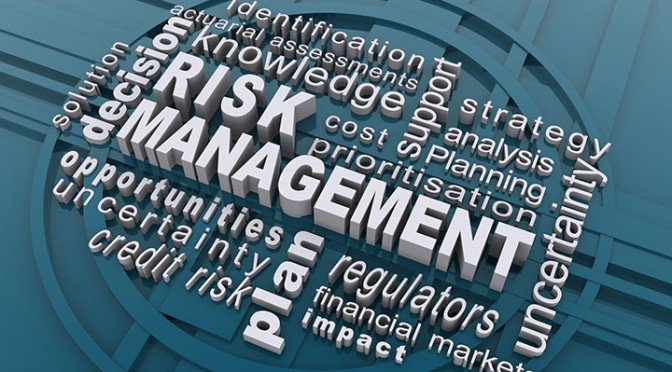In an age when corporate transparency is vital, companies of all sizes should scrutinise their supply chains, especially when they cross national borders. Businesses with supply chains that stretch into emerging markets are specifically vulnerable, as different regulations and sheer distance can easily interrupt supply. But the risks posed by supply chains that dip into emerging markets are not going away—indeed, by 2025 almost half of the world’s biggest companies will probably be based in emerging markets, according to the McKinsey Global Institute.
Will your supply chain stand up to scrutiny under new guidelines that stress harsher penalties and more transparency? To help your company review the resiliency of its supply chains, follow these three simple steps:
- Identify suppliers. Complete a thorough review of your business operations and identify each of your suppliers—no matter how small. For each supplier, outline what goods or services it provides, the delivery timetable, the average cost and where it is based. Use this data to compare alternative suppliers and identify potential risks.
- Conduct a risk assessment. Complete a risk assessment for each supplier. This evaluation should identify what risks the supplier may be exposed to and how those risks could impact you.
- Establish loss prevention processes. For each of the identified risks, develop a programme to address the issue. This may require your company to find an alternative supplier if one of your established suppliers supports illegal business practices or its operations could negatively impact your company or cause a supply disruption.
In addition to the guidance outlined above, it is crucial that you develop a rapport with your suppliers to establish a more beneficial relationship and to keep abreast of potential risks.








